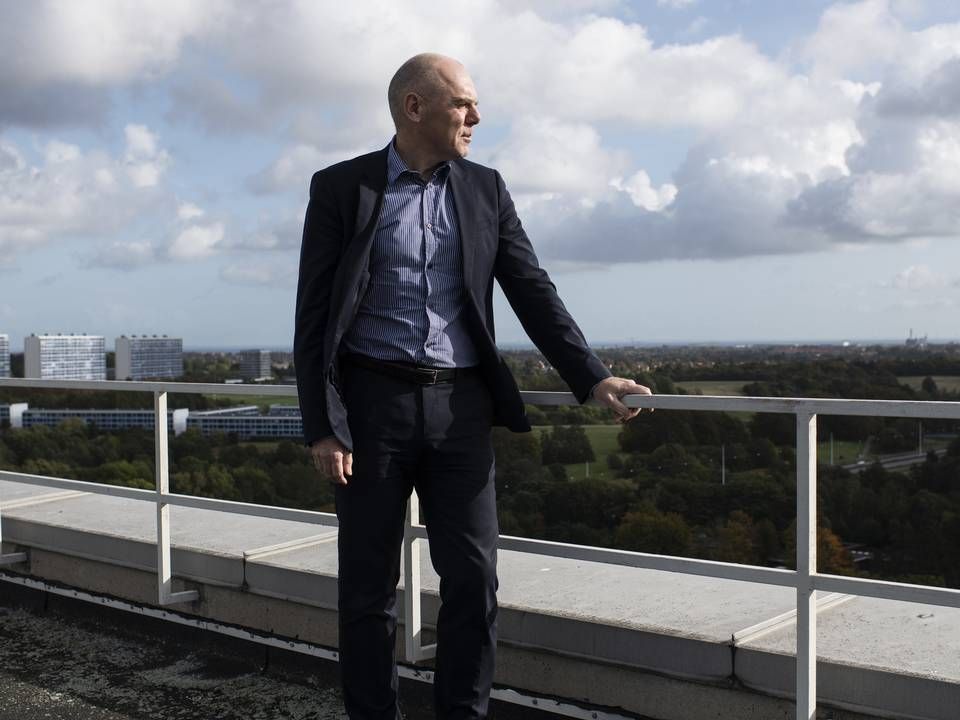Developer disparages cyclops focus on energy islands

Building energy islands in the North Sea and the Baltic will result in a profitable operation, or so holds Danish government, which estimates that constructing two of such atolls with a combined capacity of 4 GW will produce a consolidated profit of slightly more than DKK 1 billion (EUR 130 million) per year over a 30-year lifecycle.
Although not everyone is equally convinced that the balance sheet will end up looking that nice. According to calculations compiled by Danish green power developer European Energy, 14.2 GWh of generation over a 20-year period will cost Danish society DKK 64 billion, if developed at the Baltic Sea site near the outlying island of Bornholm, or DKK 58.7 billion in the form of the North Sea island proposal. Whereas a corresponding capacity volume of solar and onshore wind realized through technology-neutral tenders would carry a cost of DKK 5.7 billion.
"Energy islands are a very visionary but expensive solution, and benefits will be forfeit if the low-hanging, cheap fruits are bypassed. And consumers will in the final instance end up paying the bill," says European Energy Chief Executive Knud Erik Andersen and continues:
"The technology-neutral tenders have been a success and have achieved very competitive prices for society. At the same time, these have demonstrated being a fine model to benchmark technologies against each other in a transparent way."
No faith in high power price
The developer based its estimate on data from engineering consultancy Cowi's recent fine screening, which set the energy islands' levelized nominal costs at DKK 0.461-0.195 per kWh. Meanwhile, the model puts a premium on solar of onshore wind at DKK 0.02 per kWh, which is slightly higher than the premium rate from the most recent tender. Coastal offshore wind is set to receive DKK 0.05 per kWh on top of the market price.
There are, however, several preconditions that influence the societal economics. One is earnings from bottleneck revenue made from the power connection between Denmark and the other nations to which the islands are supposed to be connected. The other is how the price of electricity is projected to develop.
The last item is important, not least for the comparison between offshore wind, typically installed through difference contracts, where the facility owner received a fixed strike price irrespective of the market, and the technology-neutral tenders, where a premium is paid on top of the the going rate.
Here, from the Danish Energy Agency's (DEA) analytical premises it follows that the average power price in 2030-'40 will be DKK 0.46 per kWh. Meanwhile, European Energy assumes a tariff of DKK 0.235 – and further on the horizon an average market rate of DKK 0.254 per kWh for Western Denmark and DKK 0.266 for the eastern part of the country. This raised the obvious question of whether the developer crunches its figures using a very low electricity price in order to make the energy island subsidies appear extra high.
"One could think so, and it's difficult to make predictions about the future. Historically, the DEA's projections have also hit far off target. But looking at resources, technology and land availability, there's nothing that leads us to believe that we'll get markedly higher power prices in Scandinavia or Europe," Andersen says.
"It would, of course, please us as a developer of renewable energy facilities if the price becomes higher. However, I'm skeptical. Because if it increases by DKK 0.3 or 0.4 per kWh, then a rapid and very large expansion of cheap energy technologies would take place, both in the form of renewables and imported LNG," he adds.
Both the Netherlands and Poland, the two countries to which the islands will be connected, have established LNG facilities.
Government won't scrap height cap
On the other hand, Denmark has also established a system for the technology-neutral tender, which European Energy is indeed welcome to make use of. According to the national energy policy from 2018, annual tenders will be held ahead to 2024.
However, the government also indicates that this might not occur. In its presentation for a climate action plan negotiation, the government airs that the ordinance must be reevaluated as early as 2021. Similarly, the presentation notes that a clause in the policy entailed an upper threshold of 1,850 onshore wind turbines in 2030, and that tenders must be postponed if that target is not achieved – which, as things stand at present, doesn't seem plausible, the government notes.
While Energy Minister Dan Jørgensen said a month ago that it would be a "good idea" to scrap the turbine threshold, this still hasn’t changed that fact that the draft for negotiations states about the very same cap that "the government wishes to respect the settlement" of the national energy policy.
In the subsequent sentence, however, the government writes that "no drastic decision should be made to cancel the technology-neutral tenders in the short term." Meanwhile, the government’s proposal is to only earmark DKK 182 million in 2020 value for tenders up to and including 2021, and to lower the bidding cap from DKK 0.06 to 0.02 per kWh.
"That’s disappointingly low. Both in terms of the bidding cap and the pool size," Andersen states.
English Edit: Daniel Frank Christensen & Jonas Sahl Jørgsensen
Related articles
European Energy defies corona
For subscribers





















.jpg&w=384&q=75)


